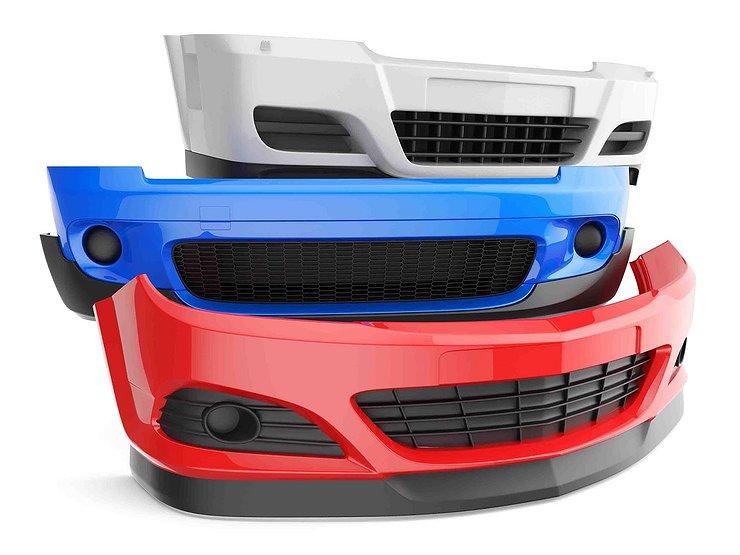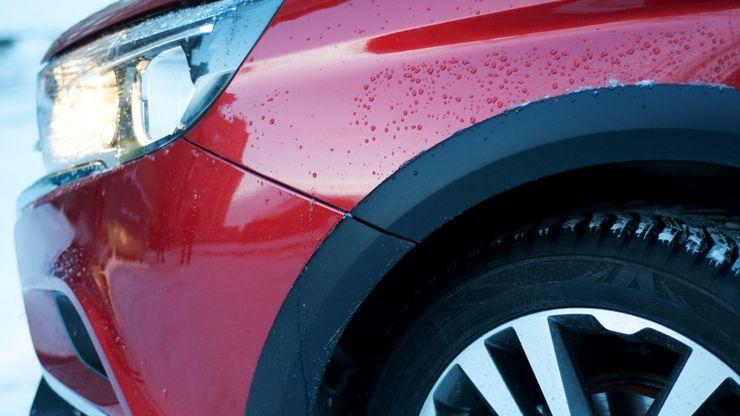
Why spring rust appears even on plastic bumpers
Oddly enough, but rusty dots, specks and even stains can be found not only on the metal parts of the car body, but also on plastic! Many car owners are confused by this. The AvtoVzglyad portal will tell you how to bring the car back to normal on its own.
Plastic doesn't rust. Only iron rusts, - any citizen who studied chemistry at school will say, and he will be right. But the more severe “pattern break” happens to such a “chemist” when he discovers rusty spots on the snow-white plastic bumper of his car. Moreover, all bumpers, moldings, and other plastic can “bloom” in this way. A particularly powerful "harvest" of rust is observed in the spring. This effect is very easy to explain.
"Ryzhiki" appear on the plastic bumper because of the iron particles that are on it. Where do they come from? Everything is very simple, even if no one near your car cut or polished metal with the help of a grinder. Iron particles get on the car along with slush from the roadway. The fact is that metal powder is constantly pouring from any machine.
Most of it is formed during the operation of the brakes. In the friction material of the pads, to improve their braking properties, there is quite a lot of filler from pieces of iron wire. The brake disc, consisting of cast iron, is also slowly erased during operation.
These sawdust fall on the asphalt and then, mixed with drops of slush, end up on car bodies. And they begin to rust there, upsetting the car owner in the spring.

What to do with rust on plastic? To begin with, you can try to wipe off the rusty speck with something hard. But there is a risk that scratches will remain on the paintwork after that. Instead, you can always contact a specialized service station with a request to sand the bumper. This operation will not be cheap, and there is no 100% guarantee that the masters will do everything right.
Keeping in mind that we are talking about brake pad wear products, you can use some kind of “brake disc cleaner” of one or another brand that produces auto chemicals to remove rust from plastic. As a rule, the rust then disappears. If you don’t have such a drug at hand, and you don’t have any desire to go somewhere to buy it, you can also use home “chemistry”. For example, any cleaner for the toilet. Rust removal is one of the main specializations of this kind of tools.
Well, and absolutely an old-fashioned way - soda with vinegar essence. Their mixture removes any rusty coating. The main thing here is not to be too zealous, rubbing the bumper from red spots with it - soda, as an abrasive, can pretty much scratch the paint.